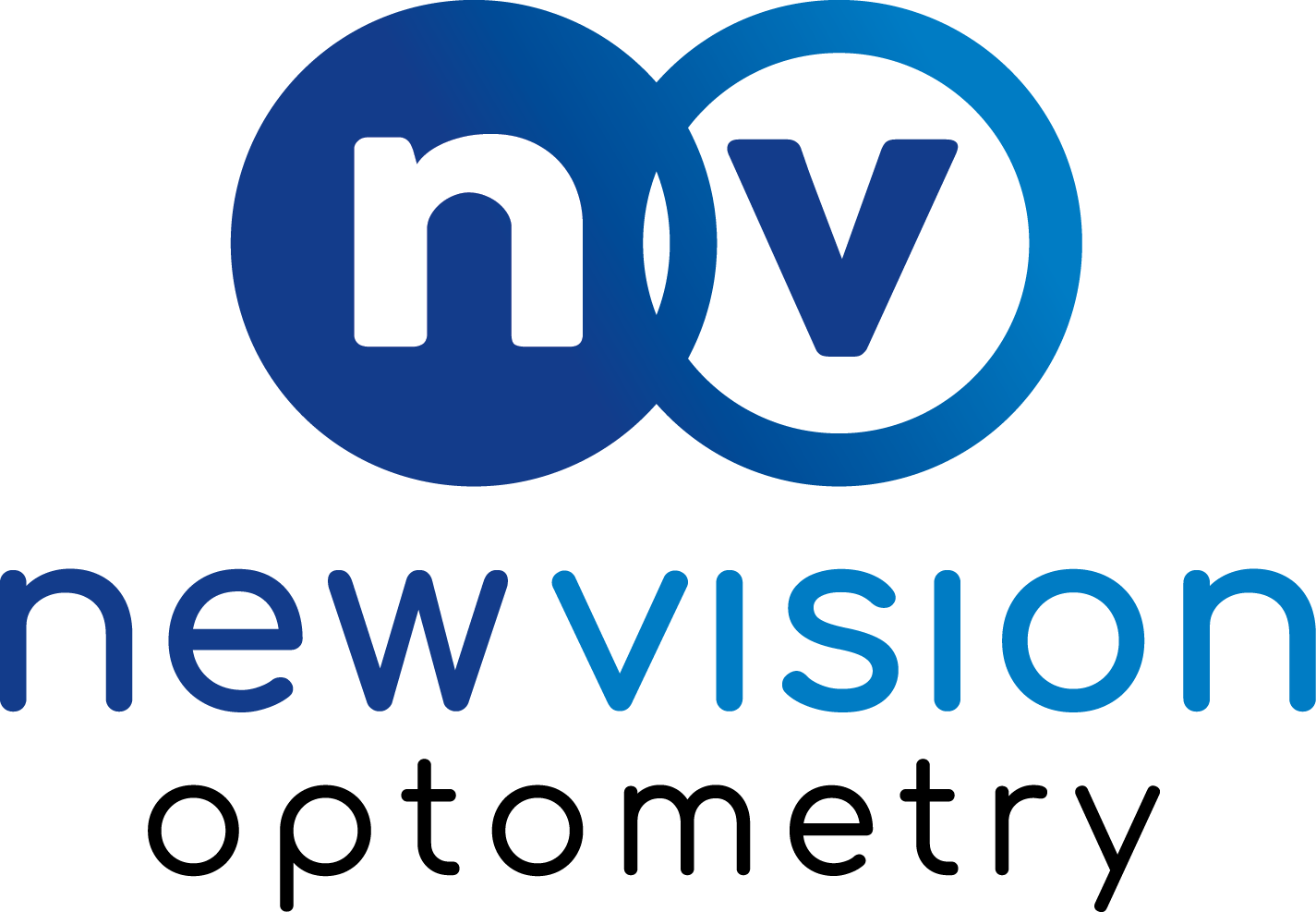KERATOCONUS
WHAT IS KERATOCONUS? A progressive eye disease in which the normally round cornea thins and begins to bulge into a cone-like shape. This cone shape deflects light as it enters the eye on its way to the light-sensitive retina, causing distorted vision.
TREATMENT? Scleral Prosthetic Corneal Lenses
A scleral prosthetic corneal lens is indicated when there are irregularities within the front surface of the eye or the cornea. By utilizing an oxygen permeable material and a large diameter lens, our doctors are able to create an artificial surface that is smooth. This lens mounts over the cornea sitting on the white part of your eye called the sclera. In the process, it creates a pocket where a fluid lens fills the irregularities left from any degenerative or surgical condition on the cornea.
Reasons you'd be in a scleral lens:
- Decreased best corrected visual acuity below 20/40 due to
corneal irregularities
- Corneal scarring causing haloing or glare
- Keratoconus - degenerative corneal disease
- Pellucid Marginal Degeneration
- Post radial keratotomy (RK) surgery
- Post refractive surgery corneal irregularities
- Ocular host versus graft disease
How it works
Fitting a scleral prosthetic lens requires a high level of expertise. Our trained doctors will diagnosing the type of corneal irregularity you have with corneal topography. Then, they will fit you with an initial diagnostic lens to determine the best fit and best vision at your initial visit. The contact lens parameters and prescriptions will then be ordered to tailor it to your eye specifically. When the scleral lens arrives, the lens would be placed on the eye to ensure proper fit. Then, you will be trained on the insertion and removal of the lens. A follow up visit will be scheduled one week after you first receive your lenses to assess health and vision. Additional adjustments may be made after that visit. Despite the size of the lenses, these prosthetics are comparable to comfort with the majority of soft contact lenses.
